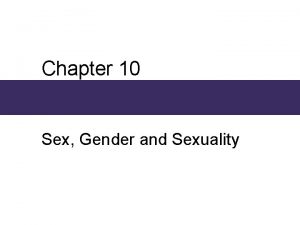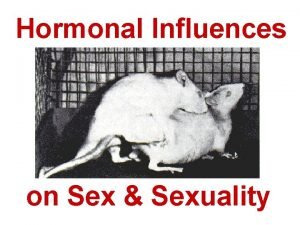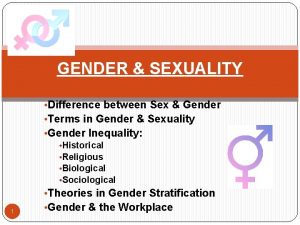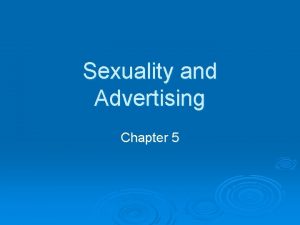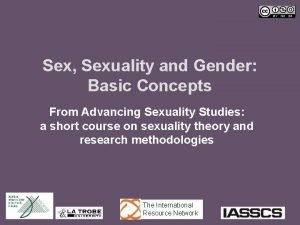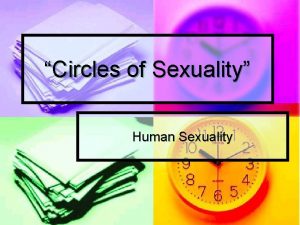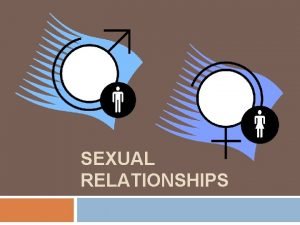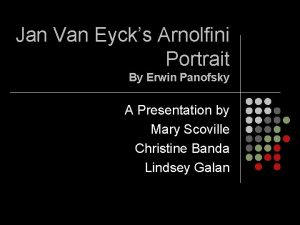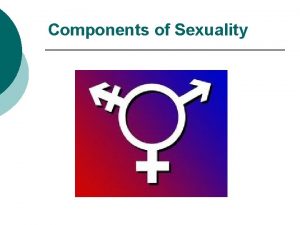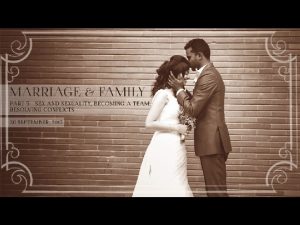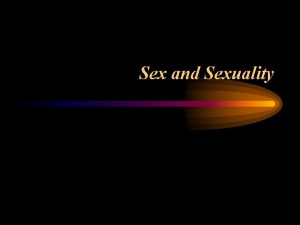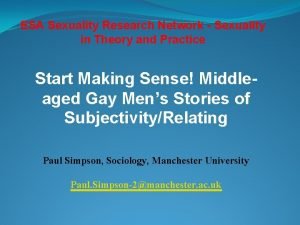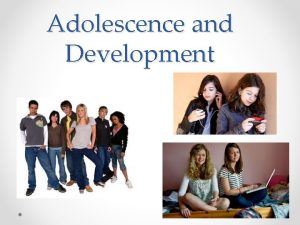Sexuality and Social Standing in Jan van Eycks













- Slides: 13

“Sexuality and Social Standing in Jan van Eyck’s Arnolfini Double Portrait” by Craig Harbison Randi Spencer Jamie Gardner Northern Renaissance Art 27 January 2011


Summary Through examination and analysis of 15 th century conventions, images, and literature, Harbison aims to discover a more complete contextual meaning of the Arnolfini double portrait. By refuting traditional interpretations that emphasize the documentary aspect of the portrait, he makes room for questions about a more broad range of human experience in the middle ages. Additionally, Harbison incorporates details of the couple’s relationship that had typically not been taken into consideration.

The Content of Harbison’s Argument Harbison problematizes the categorization of the portrait as a purely religious or realistic image Examining the portrait’s 15 th century context along with the personal, political, and physical motivations of the specific couple, Harbison suggests that the portrait functions more appropriately in a narrative way that resists compartmentalization of symbolic elements

Fertility The marriage between Arnolfini and Cenami was a political strategy Producing heirs Finds elements that have multiple associations Removal of shoes; bare feet Fruit Statue (St. Margaret? ) The candle The dog Position of the figures


Social Standing Similarity to presentation miniatures reveal possible social associations for elements within the portrait Oranges Distinct hat and darkly colored clothing Cenami’s pail face and fur-lined robe The dog The Anatolian rug

Sexuality Although not overtly referenced, when Harbison considers 15 th century attitudes toward sexuality, he finds subtle ways in which the portrait functions as a discourse on sexuality Chair decoration Women’s freedom at court Frequency of extra marital affairs Ovid

Religiosity Although not consumed by religiosity, the portrait has the capacity to reference conventional religious activities Crystal beads Dusting brush Statue The dog Oranges

How does Harbison present his argument? Essay is structured into six sections Intro, four main sections (content), and the conclusion Clearly, logically organized References other works of art (including works of literature) throughout the essay Serve to provide support for his argument and help the reader visualize the point he is trying to make

Methodology: Sources Harbison uses a wide range of sources from those providing historical background on particular subjects to other essays about the Arnolfini portrait For example: Erwin Panofsky’s “Jan van Eyck’s Arnolfini Portrait” Harbison agrees with Panofsky that the “myriad details” of the Arnolfini portrait are significant to interpreting the painting Does not agree with Panofsky's purely “symbolic/religious reading” or the idea that the portrait serves a documentary purpose

Methodology: Style Harbison connects with the reader by asking questions throughout the essay His language is more conversational than overtly academic, giving the essay a modern, creative feeling Replace the old with the new Harbison’s tone is one of confidence and energy, thus making his argument all the more persuasive

Discussion Questions Do you agree with what Harbison presents in his essay? Why or why not? Did you find the way in which Harbison presented his essay to be effective and relevant to his argument? Why or why not? Do you think that Harbison’s argument (his conclusion) was too general/all encompassing? Why or why not? What are some critiques/counter arguments to Harbison’s essay? Did either Panofsky or Harbison present a more convincing argument about the documentary nature of the portrait?
 Difference between standing crop and standing state
Difference between standing crop and standing state Pretest growth development and sexuality
Pretest growth development and sexuality Chapter 10 sex gender and sexuality
Chapter 10 sex gender and sexuality Androgen insensitivity syndrome
Androgen insensitivity syndrome The difference between sex and gender
The difference between sex and gender Sexuality in advertising
Sexuality in advertising What are the four intertwining strands of sexuality
What are the four intertwining strands of sexuality Childhood sensuality circle
Childhood sensuality circle Definition of sexuality
Definition of sexuality Definition of sexuality
Definition of sexuality Which illustrates an emotional aspect of teen sexuality?
Which illustrates an emotional aspect of teen sexuality? Peer sexuality support programme
Peer sexuality support programme Sexuality
Sexuality Sexuality spectrum
Sexuality spectrum


